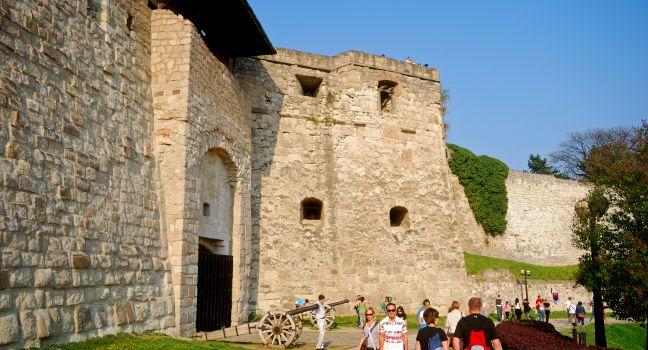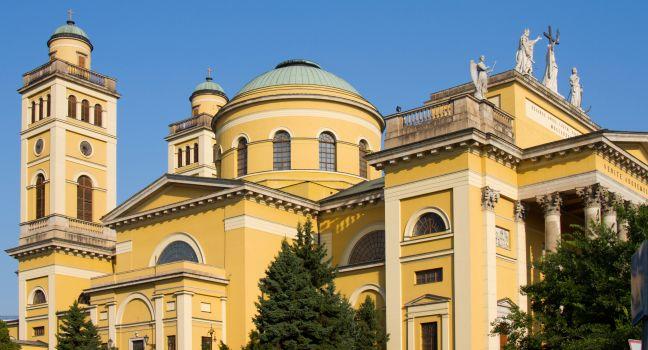Egri Vár

Built after the devastating Tatar invasion of 1241–42, Eger's castle is inspired by the mighty fortresses seen by Béla IV in Italy and Western Europe. An imposing Romanesque cathedral was built within the castle walls, then later rebuilt in Gothic style, though today only its foundations remain. The casemates—a labyrinth of underground tunnels hewn in the 16th century by Italian engineers and used in the war against the Ottomans, when hundreds of defenders raced back and forth so the attackers would think there were thousands of them—now display many of the cathedral's surviving artifacts. Elsewhere, the Gothic-style Püspök Ház (Bishop's House) contains the castle museum, with exhibitions on local history and culture. Look out also for the statue of St. Stephen watching over the cathedral ruins; the Ágyúdomb (Cannon Hill) with its sweeping views of Eger; and—for an extra fee—the Panoptikum (Wax Museum) with characters from the historical novel Eclipse of the Crescent Moon. The Palotaudvar (Palace Courtyard) regularly hosts live music concerts.
Not interested in the exhibitions? Come once they have closed—after 5:30 pm in high season, or after 3:30 pm (or all day Monday) in low season—and you'll pay less than half the entrance fee.





